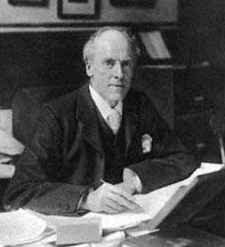From: Ruggiero, Mrs. Ana Lucia (WDC) <ruglucia@paho.org>State of the World’s Cities 2008/2009 -
Harmonious Cities Earthscan in the UK and USA in 2008 for and on behalf of the United Nations Human Settlements Programme (UN-HABITAT), 2008
Available online as PDF file [288p.] at:
http://www.unchs.org/pmss/getElectronicVersion.asp?nr=2562&alt=1 “…….Half of humanity now lives in cities, and within two decades, nearly 60 per cent of the world’s people will be urban dwellers. Urban growth is most rapid in the developing world, where cities gain an average of 5 million residents every month. As cities grow in size and population, harmony among the spatial, social and environmental aspects of a city and between their inhabitants becomes of paramount importance. This harmony hinges on two key pillars: equity and sustainability. “
“……Cities embody some of society’s most pressing challenges, from pollution and disease to unemployment and lack of adequate shelter. But cities are also venues where rapid, dramatic change is not just possible but expected. Thus they present real opportunities for increasing energy efficiency, reducing disparities in development and improving living conditions in general. National and local governments can promote harmonious urbanization by supporting pro-poor, inclusive and equitable urban development and by strengthening urban governance structures and processes. History demonstrates that integrated urban policy can be a solid path towards development. Contrary to popular opinion, inequality and the unsustainable use of energy are not inevitable aspects of urban development, nor are they necessary for urbanization and economic growth to occur. Rather, as this report illustrates, cities can advance the prosperity of their inhabitants while achieving equitable social outcomes and fostering the sustainable use of resources. Today, many small, well-managed cities in both the developing and developed worlds are enjoying rapid growth, giving us a chance to stave off entrenched poverty and cultivate healthy environments in which people can thrive. The data and analysis contained in this report are intended to improve our understanding of how cities function and what we, as a global community, can do to increase their liveability and unity. In that spirit, I commend this report to policymakers, mayors, citizens’ groups and all those concerned with the welfare of our urbanizing world………..
”…. Ban Ki-moon, Secretary-General, United Nations













